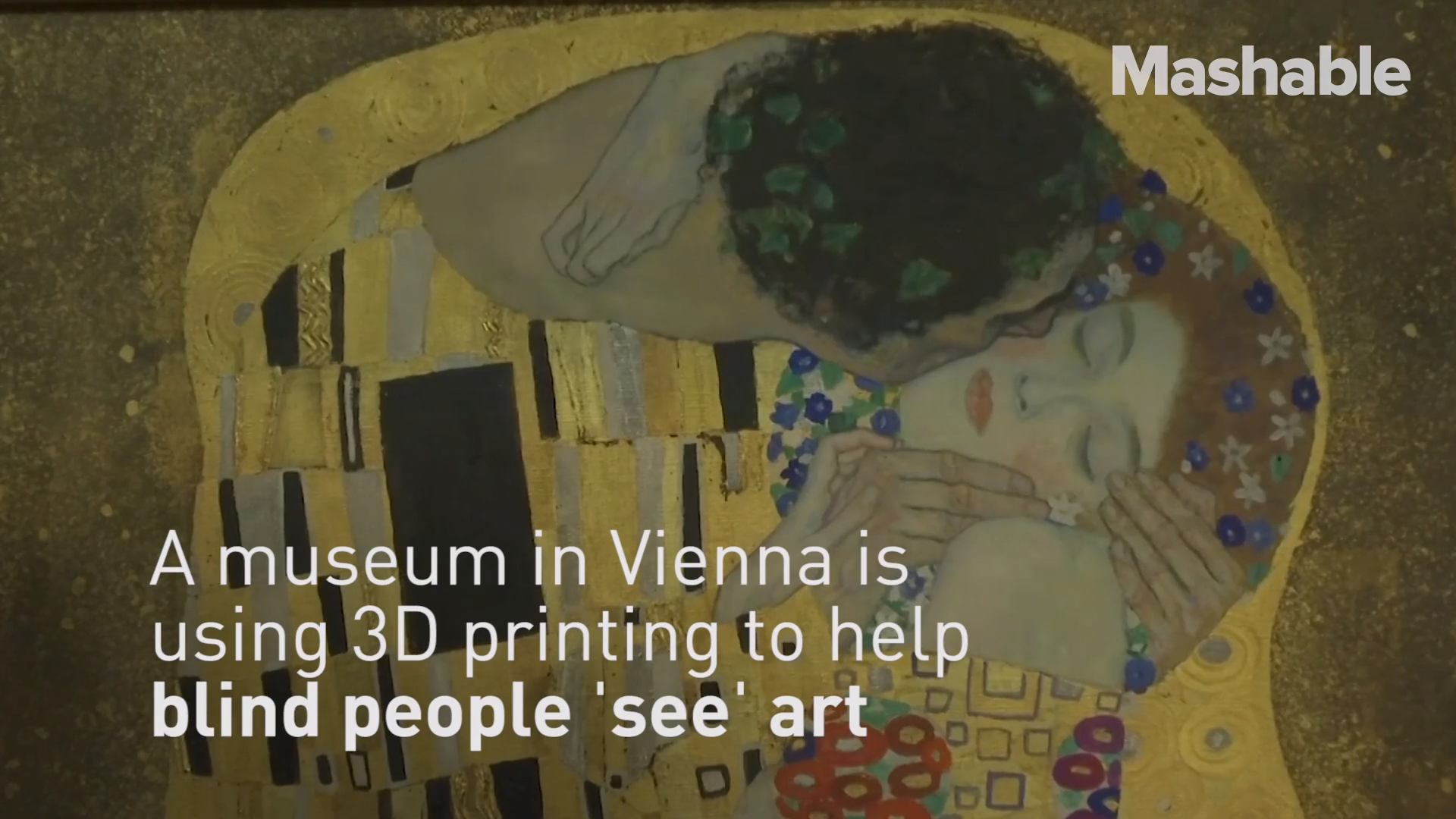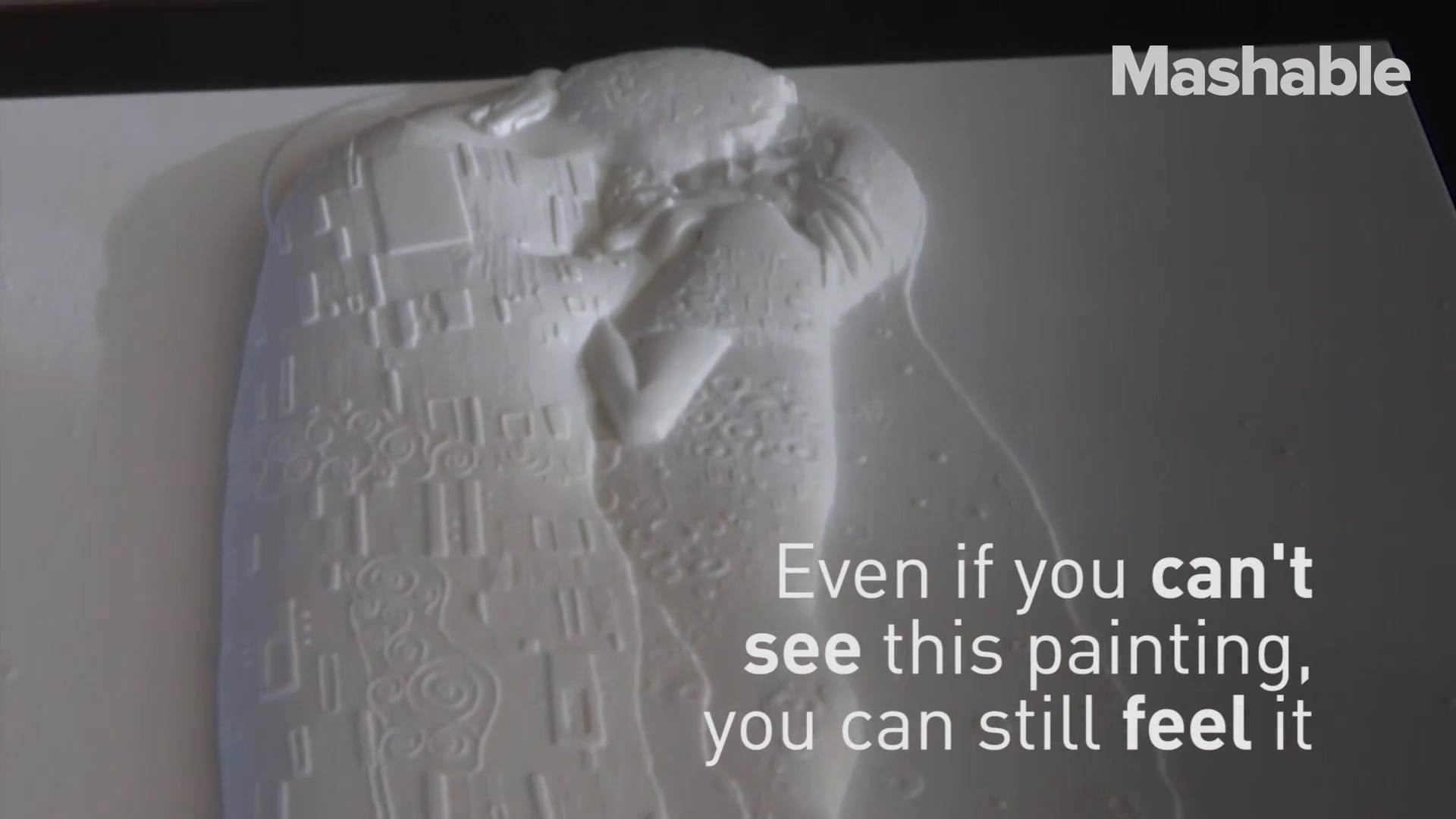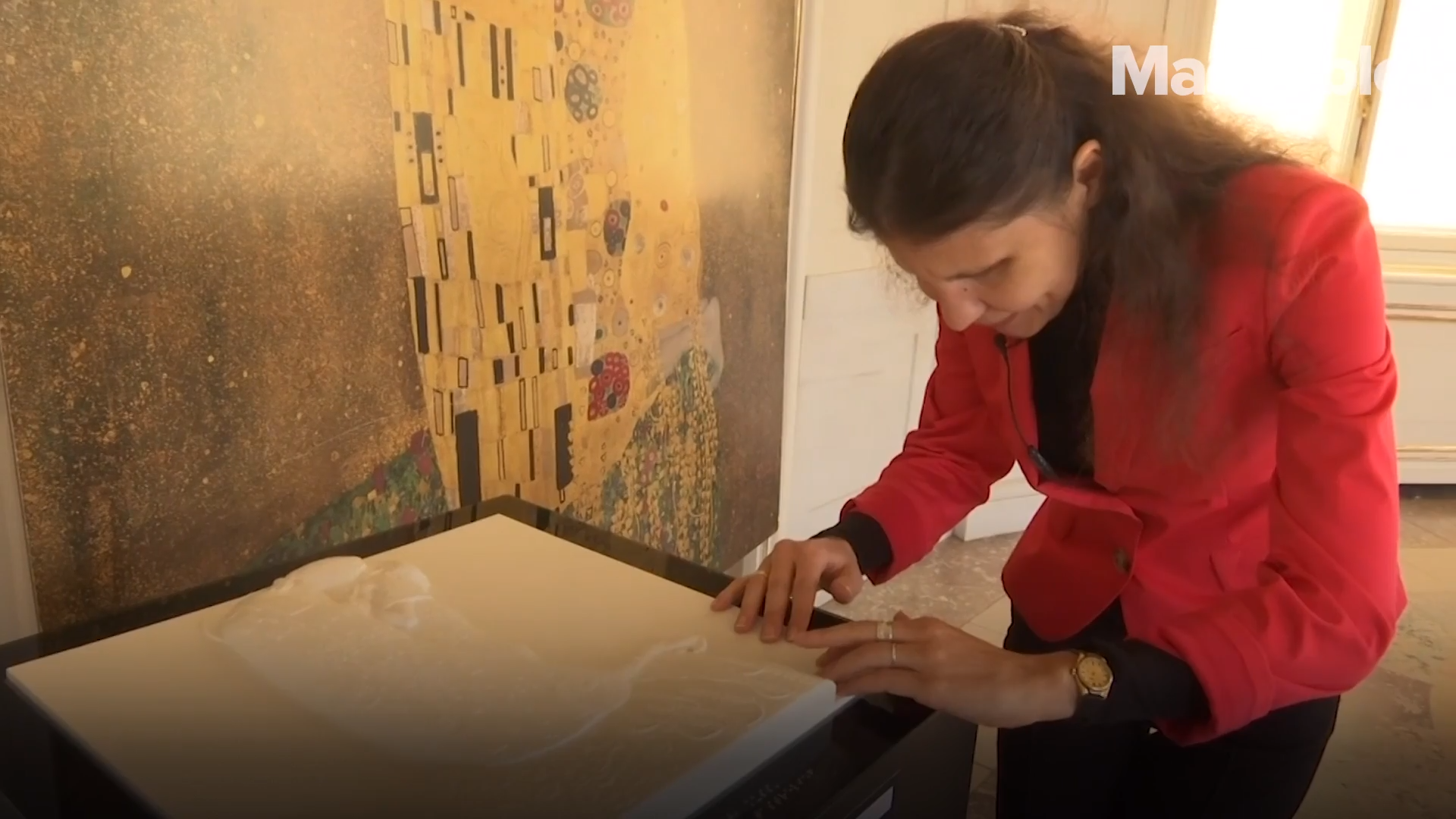According to this article from SAGE Journal, the average time that museum visitors look at individual works of art is between 15 to 32 seconds. This means that many museum visitors may not have a particularly meaningful arts experience. One way to improve this experience is to invest in the audiences of the future through high-quality arts education. The National Core Arts Standards provide guidance for educators, by introducing four different learning processes in arts education: creating, producing, responding, and connecting. 3D printing technology offers new opportunities for arts educators to apply these four learning processes, creating an interactive learning environment. Students can conceptualize artistic ideas in a three-dimensional digital model and realize that concept by printing that idea in 3D. Throughout these processes, students can explore the artworks from various perspectives, connecting their own personal experiences and learning empathy for others’ experiences. Below are the three main benefits of 3D printing technology in arts education:
Engagement
PC Screenshots by author of YouTube Video - Source: https://www.youtube.com/watch?v=ZZHILg_0br8
Aside from more formal education, 3D printing can provide an interactive learning environment for audiences. The British Museum has an online 3D gallery where people can see the relationship between design and function. Additionally, at the Classics Museum in New Zealand, students can design their own amphoras and relate it to their own experience. The students’ designs can then be 3D printed, creating deep engagement and improving the students’ visual narrative skills. 3D printing is an effective learning tool to see objects in different perspectives.
3D Reproductions
Left: Photography by author of African Rock Art Image Project
Right: PC Screenshots by author of HUFFPOST Video
3D printing can help museums present certain types of art that cannot be physically brought to the museum. When the British Museum worked on the African Rock Art Project, it was unable to bring the rock art into the museum. To help the audience’s understanding the rock art, the museum used 3D printing technology to reproduce the work with the same texture, image, and color. Having the reproductions helped the audience comprehend the artwork. Also, since this work is lighter than an actual art piece, children and seniors can handle and observe the artwork more easily. 3D printing technology can also recover the damaged artworks. An Iranian-American artist, Morehshin Allahyari used 3D printer to revive the artworks destroyed by ISIS. In this way, the museum in Iraq could preserve not only the artworks, but also the history. This will protect the values of the artworks and help researchers and audiences to interrupt the artworks in future.
Accessibility
Source: PC Screenshots by author of Mashable Video
3D printing technology enhances the accessibility to art. Although many museums provide a sign language tour for visitors who are hearing-impaired, visitors who are visually-impaired, usually do not have the same access to the museum’s artwork. 3D printing technology, however, allows them to touch and imagine the artwork. The Belvedere Museum in Vienna uses 3D printing technology to create a 3D version of Gustav Klimt’s “The Kiss”. In addition, the Andy Warhol Museum has launched an inclusive audio guide that allows visitors to touch 3D reproductions of art works while on the audio tour. This allows many visitors, regardless of ability, to deepen their understanding and enjoyment the museums offerings. 3D printing technology leads the museum to become more universal.
As an arts educator, it is important to provide an active learning environment for audiences. They should consider all of the distinct needs of their audience in order to provide the most suitable programing. Applying 3D printing to educational programing, has the power to change an audiences’ perception of the museum experience, leading to a better informed and more engaged audience.
Work Cited:
"Aftican rock art image project." British Museum. Accessed December 15, 2017. http://africanrockart.britishmuseum.org/#/.
"Educational advantages of 3D printing in schools." BCA. May 11, 2017. Accessed December 11, 2017. http://www.blackcountryatelier.com/educational-advantages-of-3d-printing-in-schools/.
Nikolov, Nikolay. 2016. "Using 3D printing to help blind people 'see' art." Mashable. November 2. Accessed December 14, 2017 . http://mashable.com/2016/11/02/3d-printed-painting-vienna/#EuXxdbG2kOqT.
Saunders, Sarah. 2017. "Students Use 3D Printing Technology to Interact with Ancient Greek Artifacts at Victoria University of Wellington's Classics Museum." 3D Print.com. July 31. Accessed December 14, 2017. https://3dprint.com/182487/3d-printed-greek-amphora/.








